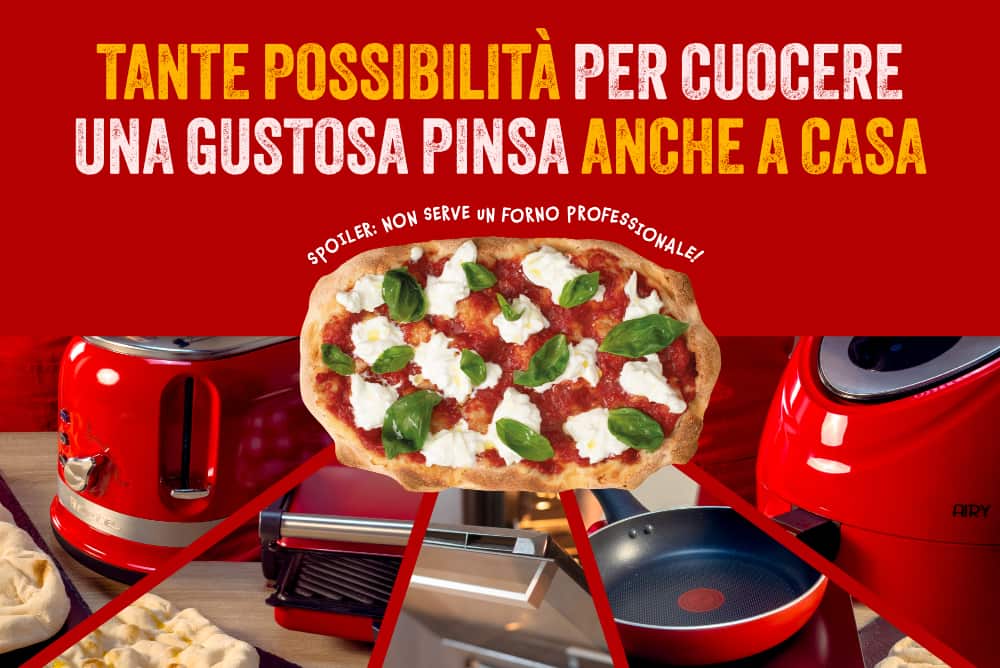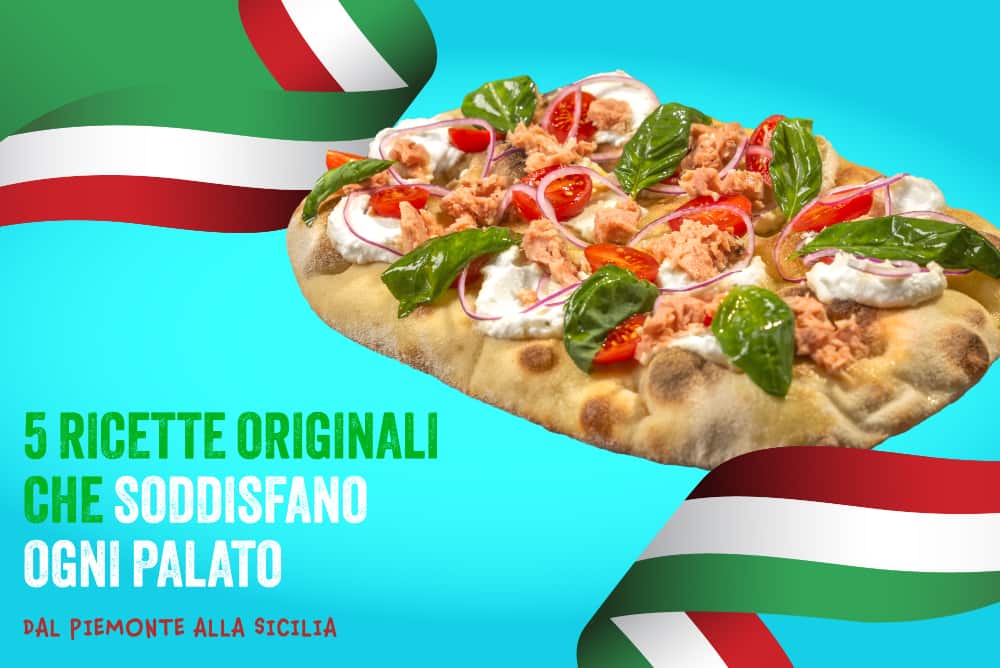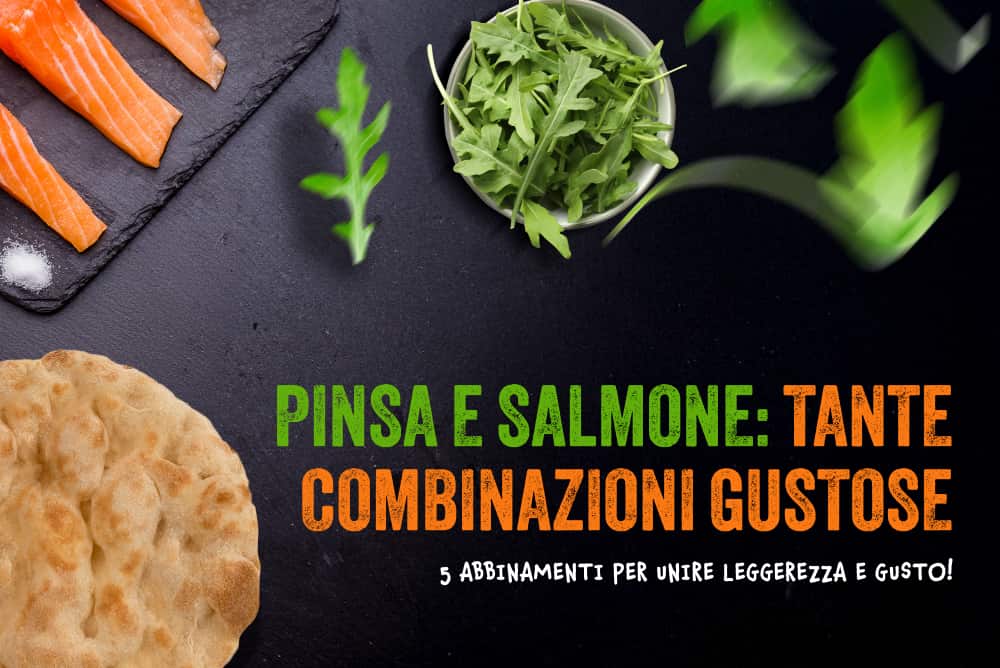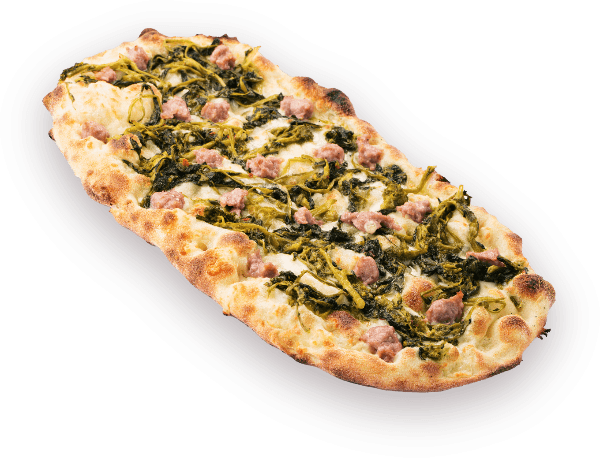With warmer days just around the corner, even those who don’t strictly need to start dieting often choose to do so. It’s understandable—our appearance and fitness level are important components of overall well-being, influencing how we relate to others, our mood, and our energy. During this time of year, even a few extra pounds (or grams!) can prompt us to check the nutritional info of every food we eat, convinced that certain items must be completely banned or drastically reduced.
Does pinsa make you gain weight?
This is a complex topic, and people often forget that the key lies in balance. Simply counting pinsa calories, eliminating foods altogether, or—worse—skipping meals isn’t helpful and usually makes things worse. Bread and its derivatives (carbohydrates, in general) are typically among the first foods to be demonized in a diet.
But beyond complexity, diet is also deeply personal, depending on one’s fitness level, individual needs, and metabolism. It’s a topic that requires awareness and seriousness; that’s why turning to a qualified nutritionist or dietician is the best way to create a personalized eating plan and reach your goals.
Within a doctor’s recommendations—and without overdoing it—pinsa can absolutely be part of a healthy diet. In fact, it’s an ideal choice for anyone looking for a tasty yet light meal that, in itself, doesn’t cause weight gain.
Pizza and pinsa are not the same
A common mistake is to assume that pinsa and pizza are nutritionally identical. They’re not. While variations exist, pinsa dough is lighter and easier to digest, leading to lower calorie content.
Pinsa is made from a mix of wheat, soy, and rice flours, along with natural sourdough. It’s low in fats and sugars. This combination provides a healthy amount of complex carbs (typically less than pizza), proteins, and fiber—which not only support a feeling of fullness but also help avoid overeating. It’s hard to give an exact number, but it’s fair to say that, weight for weight and with similar toppings, pinsa calories amount to about 75% of those in pizza. And the fact that it’s more digestible is another major advantage.
Pairing tips: creativity meets balance
Of course, the final calories in a pinsa depend heavily on the toppings. But at that point, it’s no longer about the pinsa itself—it’s about how you use it.
A great option is to use fresh vegetables as toppings. Cherry tomatoes, eggplants, spinach, zucchini, artichokes, and bell peppers are all excellent choices to combine flavor, lightness, and digestibility. Plus, these ingredients add vitamins and minerals to the nutritional value of the pinsa, protecting both your diet and your health.
If you want to take it a step further, some extra thought is needed. Cheese lovers don’t need to eliminate it, but should consume it in moderation and, when possible, opt for low-fat versions like ricotta or light mozzarella. Adding a lean protein source—such as grilled chicken strips or tuna in water—is another great option. And adding a drizzle of extra virgin olive oil is perfectly fine—just make sure it’s only a drizzle.
In the end, it’s all about creativity and balance. Pinsa is inherently a light and healthy option, a versatile alternative to traditional baked goods. And under the guidance of professionals, it’s a perfect way to enjoy flavorful food without compromising your health.










